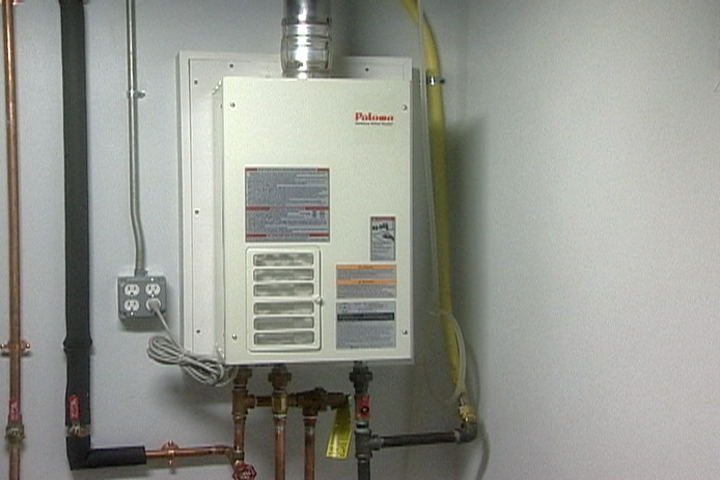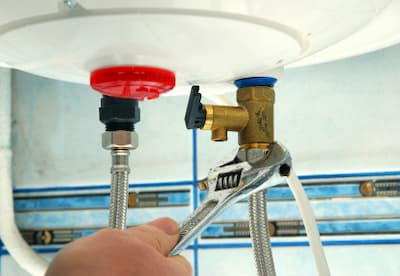Listed here underneath yow will discover a good deal of sound points in relation to What Kind of Maintenance Do Water Heaters Need?.

Hot water is essential for day-to-day comfort, whether it's for a rejuvenating shower or washing meals. To guarantee your hot water system runs efficiently and lasts much longer, regular maintenance is key. This article gives practical tips and understandings on exactly how to keep your home's warm water system to avoid disturbances and pricey repairs.
Introduction
Preserving your home's hot water system may appear challenging, however with a couple of simple steps, you can ensure it runs smoothly for years ahead. This guide covers every little thing from comprehending your warm water system to DIY upkeep ideas and understanding when to hire professional assistance.
Value of Maintaining Your Warm Water System
Normal maintenance not only prolongs the life-span of your warm water system however likewise ensures it runs effectively. Neglecting upkeep can bring about reduced performance, greater energy costs, and even early failing of the system.
Indicators Your Hot Water System Requirements Upkeep
Recognizing when your warm water system needs interest can prevent significant problems. Look out for signs such as inconsistent water temperature, odd noises from the heating unit, or rusty water.
Understanding Your Warm Water System
Before diving right into maintenance tasks, it's handy to recognize the basic elements of your hot water system. Commonly, this includes the hot water heater itself, pipes, anode poles, and temperature controls.
Month-to-month Maintenance Tasks
Normal monthly checks can help catch small problems prior to they rise.
Flushing the Hot Water Heater
Purging your hot water heater gets rid of debris buildup, enhancing performance and lengthening its life.
Monitoring and Changing Anode Rods
Anode rods stop rust inside the container. Inspecting and replacing them when worn is important.
Examining and Changing Temperature Setups
Readjusting the temperature setups ensures optimum efficiency and safety.
DIY Tips for Upkeep
You can perform a number of maintenance jobs on your own to maintain your warm water system in top condition.
Checking for Leaks
On a regular basis check pipelines and links for leakages, as these can lead to water damage and higher costs.
Testing Pressure Alleviation Valves
Evaluating the stress relief valve ensures it functions properly and stops extreme pressure accumulation.
Insulating Pipelines
Protecting warm water pipes reduces warmth loss and can save energy.
When to Call a Professional
While DIY upkeep is beneficial, some problems call for specialist know-how.
Facility Concerns Requiring Specialist Help
Examples include significant leaks, electrical problems, or if your hot water heater is continually underperforming.
Regular Specialist Upkeep Conveniences
Specialist maintenance can consist of detailed assessments, tune-ups, and making certain conformity with security requirements.
Conclusion
Normal upkeep of your home's warm water system is necessary for effectiveness, longevity, and expense savings. By adhering to these tips and knowing when to look for professional aid, you can ensure a dependable supply of warm water without unforeseen disruptions.
How to Maintain an Instant Hot Water Heater
Before tinkering with your hot water heater, make sure that it’s not powered on. You also have to turn off the main circuit breaker and shut off the main gas line to prevent accidents. Also turn off the water valves connected to your unit to prevent water from flowing into and out of the appliance. 2. When you’re done, you have to detach the purge valves’ caps. These look like the letter “T†and are situated on either side of the water valves. Doing so will release any pressure that has accumulated inside the valves while at the same time avoid hot water from shooting out and burning your skin. 3. When the purge valves’ caps are removed, you have to connect your hosing lines to the valves. Your unit should have come with three hoses but if it didn’t, you can purchase these things from any hardware or home repair shops. You can also get them from retail stores that sell water heating systems. Read the user’s manual and follow it to complete this task properly. When the hosing lines are connected, open the purge port’s valves. 4. You should never use harsh chemical cleaners or solutions when cleaning your unit. Make use of white vinegar instead. It should be undiluted and you’ll probably use about 2 gallons. 5. Now flush your water heater. This task should probably take about 40 minutes. We can’t give you specific directions for this because the procedure is carried out depending on the type, model and brand of your heater. With that being said, refer to the user’s manual. 6. When you’re done draining the unit, you have to turn off the purge port valves again. Remove the hosing lines that you earlier installed on each of the water valves. Put the valve caps (purge port) back in their respective places and be very careful so as not to damage the rubber discs that are found inside these caps. 7. Now that everything’s back in place, check your user’s manual again to find out how to reactivate your water heating system. 8. Once it is working, turn one of your hot water faucets on just to let air pass through the heater’s water supply pipes. Leave the tap on until water flows smoothly out of it. https://www.orrplumbing.com/blog/2014/september/how-to-maintain-an-instant-hot-water-heater/

I'm certainly very focused on Tips on Maintaining a Water Heater and I hope you liked my page. Enjoyed our piece of writing? Please share it. Let others check it out. We truly appreciate your readership.
Click Here